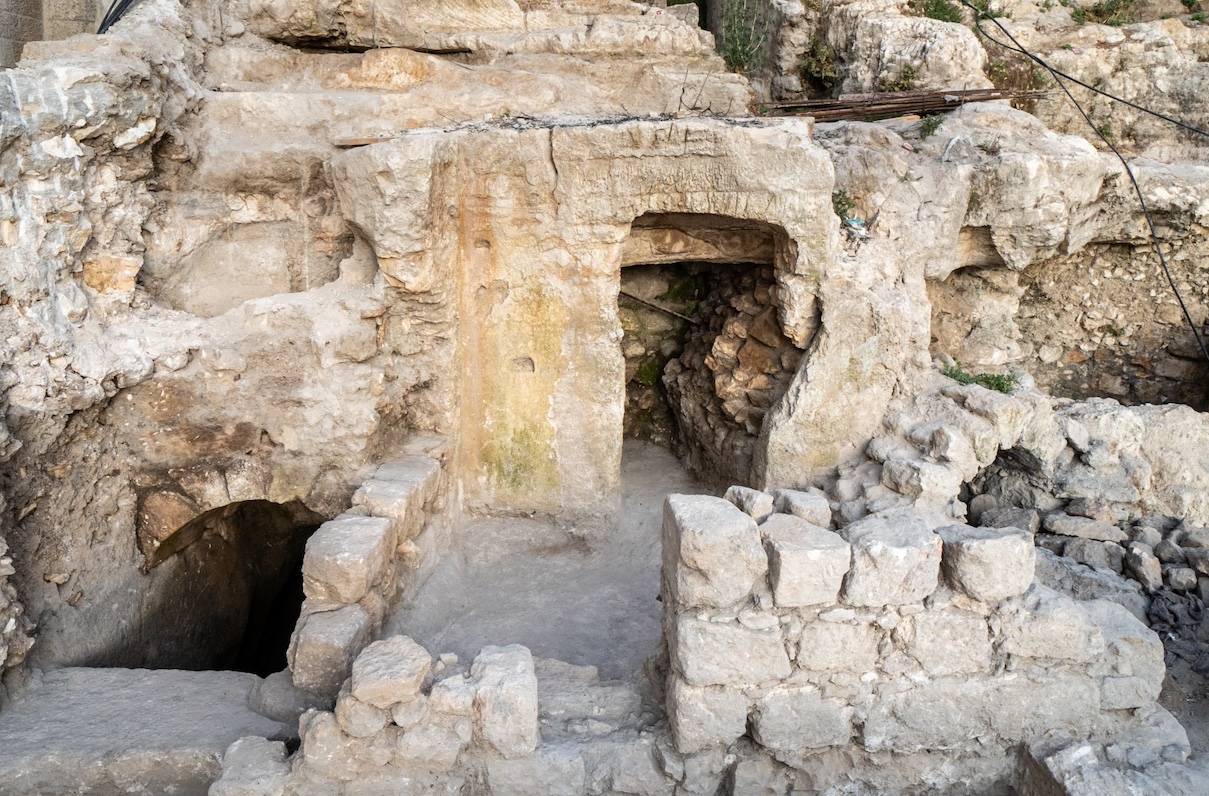Navigating the Streets of Ancient Jerusalem: Exploring 1st Century Maps and Roman Influence

In the annals of history, few cities hold as much significance and intrigue as Jerusalem during the 1st century. This ancient metropolis, nestled within the heart of Judea, served as a crucible of culture, religion, and politics, drawing pilgrims, traders, and conquerors from far and wide. To comprehend the dynamic landscape of this bustling center, we turn to maps that offer a glimpse into the city’s layout and its interaction with the sprawling empire of Ancient Rome.
The quest to reconstruct a 1st century Jerusalem map is akin to piecing together a mosaic of antiquity. While no original map from that era survives, historians and archaeologists have meticulously studied ancient texts, archaeological findings, and comparative maps to offer educated reconstructions. These reconstructions provide invaluable insights into the topography, architecture, and social dynamics of ancient Jerusalem.
One key aspect to consider is the influence of Ancient Rome on Jerusalem‘s urban development. As a strategic outpost within the Roman Empire’s eastern provinces, Jerusalem bore the marks of Roman engineering and governance. Traces of Roman infrastructure, such as roads, aqueducts, and administrative buildings, intertwined with the city’s indigenous architecture, shaping its character and connectivity.
Exploring an Ancient Rome map of Jerusalem unveils the symbiotic relationship between the imperial power and the local populace. Roman roads, extending from the heart of the city to distant regions, facilitated trade and communication, linking Jerusalem to the far reaches of the empire. Meanwhile, Roman military installations, such as the Antonia Fortress, underscored the imperial presence and authority within the city walls.
However, the location of ancient Jerusalem was not merely a crossroads of Roman influence—it held profound religious significance as well. The Temple Mount, crowned by the Second Temple, stood as the spiritual nucleus of Judaism, attracting pilgrims and worshippers from across the Jewish diaspora. Its prominence on maps of ancient Jerusalem underscores the centrality of faith in shaping the city’s identity.
A comprehensive map of ancient Jerusalem and surrounding areas reveals the intricate tapestry of cultures and civilizations that converged within its walls. From the bustling markets of the Lower City to the grandeur of the Temple precincts, every corner teemed with life, commerce, and religious fervor. Surrounding villages and agricultural lands further enriched the city’s hinterland, sustaining its populace and economy.
In conclusion, exploring 1st century Jerusalem maps offers a window into a bygone era of splendor, strife, and synthesis. By tracing the contours of Roman influence and indigenous heritage, we gain a deeper appreciation for the complexities of ancient urban life. As we navigate the streets of ancient Jerusalem on these historical maps, we embark on a journey through time, where the echoes of the past resonate with the challenges and triumphs of the present.
